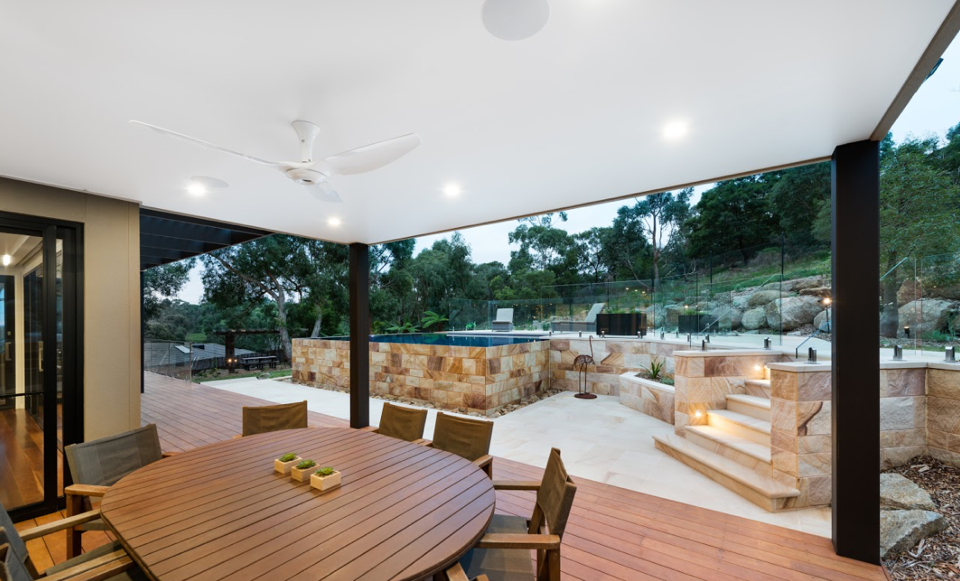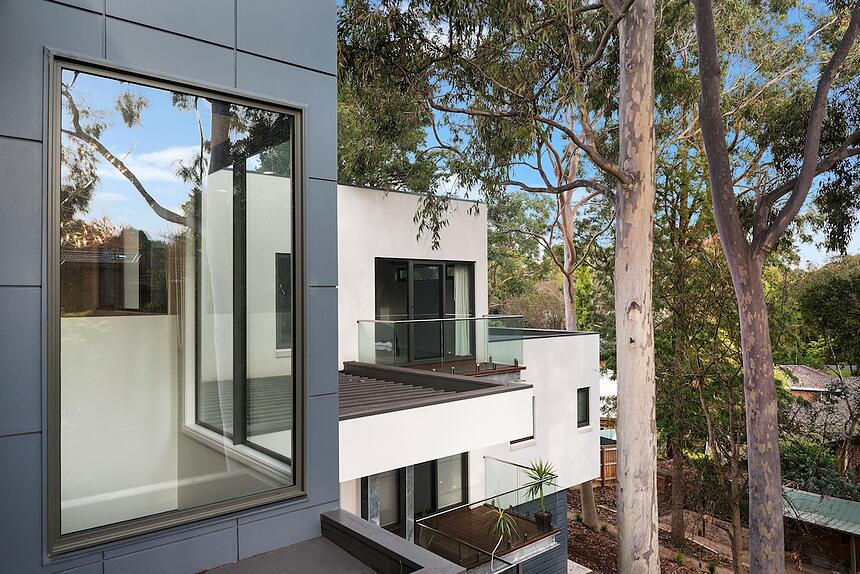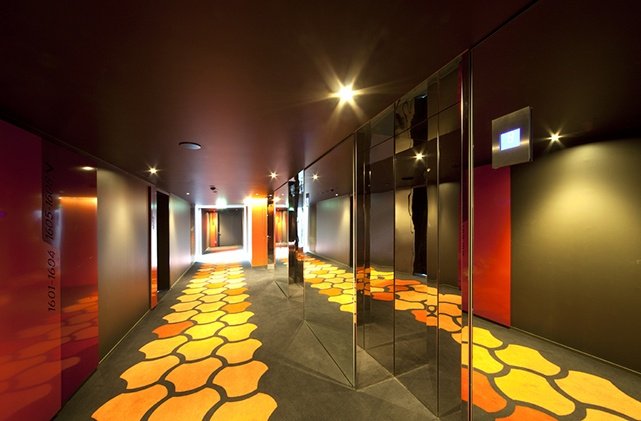As city populations rise, more and more homes are beginning to pop up on the fringe of metropolitan areas, or homeowners are opting to build their dream homes away from densely populated regions altogether.
While building closer to nature can provide picturesque views and a relaxed lifestyle, it can also mean the threat of bushfires, which can affect the design of a home.
We’ve elicited the assistance of Darren Evans from Solar Solutions Design to share his expertise and offer some key considerations for homeowners building in zones with a greater bushfire risk. Darren has a lot of experience in designing on blocks with a high Bushfire Attack Level (BAL) and regularly builds with Hebel because of its fire-resistant properties.
How is a BAL rating determined?
BAL is a means of measuring the potential severity of ember attack, radiant heat or direct flame contact to a building. When coming up with a rating, Darren says there are a number of factors to consider.
“To determine a BAL rating, you have to look at the vegetation that’s around, the slope of the block, the cleanliness of the areas under trees and the level of defendable land around the building.”
Darren explains that the BAL level can influence the design of a home, including its orientation and position, as well as the materials that can be used and the type of fire prevention required.

A higher bushfire risk
People looking to build their new home in an area with a high BAL rating will need to opt for materials that have a low flammability index. Darren has plenty of experience when it comes to building residential dwellings like these as his clients often buy blocks in rural areas. This is why he’s become such an advocate for building with Hebel.
Importantly, the Hebel PowerPanelXL external wall system for houses achieves a fire resistance level of 180/180/180 when subjected to an external fire source, demonstrating that it can stand up to the severity of a bushfire for a substantial period of time.
“Hebel is an easy choice when it comes to meeting high BAL ratings,” Darren said.
Advice to homeowners
Darren says that designing a home built on a high BAL rating block is becoming more common place and warns potential homeowners to be aware of the additional costs due to the use of specific materials or changes in the design.
However, Darren is seeing people purchasing a block with a clause to ensure a BAL rating is done prior to settlement, rather than in the late design stage. The benefit of the clause is that people can work out if the cost of a building with a high BAL rating is going to be out of their budget.
If you’re building in a fire-prone area, it’s essential you talk to your architect or building designer to gain a better understanding of how BAL ratings could impact your design ideas, budget or timeframe. Determining what’s required will ensure you not only meet Australian standards, but keep your family safe as well.



